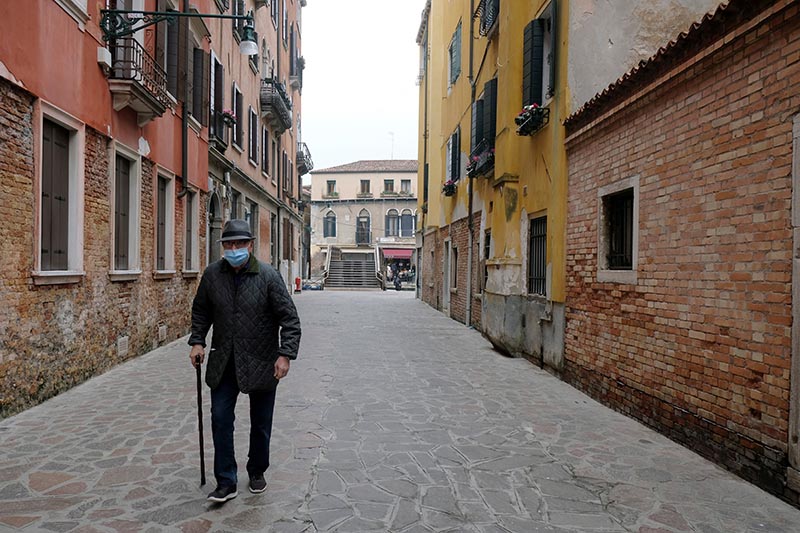Staying safe from COVID-19: A guide to stroke survivors
Kathmandu
Oftentimes complex medical jargon can be overwhelming for a commoner trying to learn about symptoms and ramifications to various health complications. In order to tackle this obstacle the medical world has come up with various catchy and easy to remember words and phrases and better educate the public.
One such example is the acronym BEFAST devised by the neuro world. BEFAST, which stands for Balance, Eyes, Face, Arm, Speech and Time, informs about the symptoms of a typical stroke. Talking about the in-depth meaning of the word Dr Anzil Mani Singh Maharjan, Consultant Neurologist at Upendra Devkota Memorial National Institute of Neurological and Allied Sciences, Bansbari shares, “B stands for Balance. The patient starts losing their balance during a stroke. E stands for eyes. Some patients may experience sudden loss of eyesight. F stands for face referring to facial deviation or paralysis of face. A stands for arms referring to paralysis of arms. S stands for speech. Patients suffering from stroke often have slurred speech. And finally, T stands for time because time is of essence in order to ensure safety of these patients and get them to hospital.”
While a thorough study is yet to be done on the number of patients suffering from stroke in Nepal, Maharjan informs that prior to the lockdown, his medical facility in Bansbari alone would welcome one to three stroke patients every day.
When asked if stroke can reduce the immunity power of an individual making them prone to COVID-19, Maharjan answers, “While the stroke itself doesn’t necessarily decrease the immunity of a person, it’s the causes of strokes that might cause the body to compromise its immunity.”
As per him individuals who have had a stroke are usually elderly and have underlying health complications such as high blood pressure, high cholesterol, hypertension, high sugar level and habits like smoking and drinking. And these are often the factors that lead to a stroke and also the factors that weaken the immunity of one’s body. Hence, if patients suffering from stroke have a history of having health complications mentioned above, they consequently have a higher risk factor for COVID-19 as well.
Dr Maharjan urges patients to take effective measures in order to control these underlying health complications in order to decrease the risk — both of another stroke and COVID-19. “Patients need to control their intake of sugar, avoid excess salt, reduce stress and refrain from consuming oily and high fat food to control the above mentioned health problems,” he recommends.
He also urges stroke survivors to keep themselves physically active by take strolls around their houses at the least. “Lengthened physical immobility can cause blood in the veins of one’s legs to clot,” he warns.
While stroke survivors require frequent physiotherapy, the lockdown has made therapies rather inaccessible. In such instances, Dr Maharjan advises family members or people living with the survivors to get in touch with the physiotherapist and get pointers on how they can perform the therapy at home.
Anup Subedee, Consultant of Infectious Diseases at HAMS Hospital, Dhumbarahi shares that it’s best if stroke survivors remain home, and in case they have to go outside, they maintain all necessary precautions like wearing masks, gloves, using hand sanitisers and maintaining social distancing.
Furthermore, since most patients who have had stroke have a history of complications like diabetes, high cholesterol and blood pressure among others, even when the lockdown is lifted, they should be practising the measures of social distancing in order to stay on the safe side.
In any case, both doctors reiterate the importance of hygiene, healthy lifestyle, maintaining social distancing and indulging in physical exercises.
A version of this article appears in e-paper on May 11, 2020 of The Himalayan Times.






